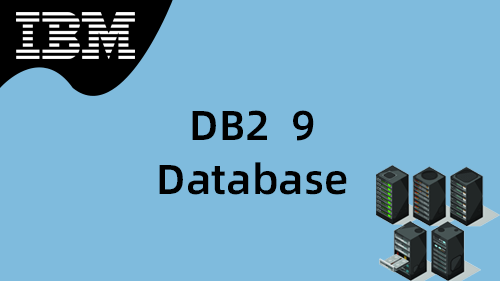课程大纲
课程简介
Audience
This intermediate course is for System administrators, database administrators, and technical personnel involved in planning, implementing, and maintaining DB2 databases.
This course is appropriate for students using DB2 in a z/Linux environment.
Prerequisites
You should be able to:
Use basic OS functions such as utilities, file permissions, hierarchical file system, commands, and editor
State the functions of the Structured Query Language (SQL), and be able to construct DDL, DML, and authorization statements
Discuss basic relational database concepts and objects such as tables, indexes, views, and joins
These skills can be developed by taking:
Basic OS functions:
Windows Operating System Training
Linux Operating System Training
AIX Operating System Training
or have equivalent administration experience
SQL and relational database basics
DB2 SQL Workshop (CE12), (3E12)
or have equivalent knowledge of SQL basics
Skills taught
Administer a DB2 database system using commands and GUI tools
Manage System Managed Storage (SMS) and Database Managed Storage (DMS) databases and apply data placement principles
Implement a given logical database design using DB2 to support integrity and concurrency requirements
List and describe the components of DB2
Define a DB2 recovery strategy and perform the tasks necessary to support the strategy
Use autonomic features of DB2
Implement DB2 security
Course outline
Overview of DB2 9 on Linux, UNIX and Windows
Contrast the DB2 Family of products
Identify the DB2 Products
Describe the functions of DB2 components
Explore installation and parameters
Command Line Processor (CLP) and GUI usage
Use the Command Line Processor
Explore the GUI environment
Describe the DAS role with GUI tools
The DB2 environment
Specify the key features of an Instance
Create and drop an Instance
Use db2start and db2stop
Distinguish between types of configuration
Describe and modify the Database Manager Configuration
Creating databases and data placement
Review specifics of creating a database
Explore the System Catalog tables and views
Compare DMS versus SMS table spaces
Describe how to setup and manage a DB2 database with Automatic Storage enabled
Differentiate between table spaces, containers, extents, and pages
Define table spaces
Use the get snapshot for tablespaces command to display table space statistics
Explore Database configuration parameters
Creating database objects
List DB2 object hierarchy and physical directories and files
Create the following objects: Schema, Table, View, Alias, Index
Explore the use of table partitioning
Review the use of Temporary Tables
Explore the use and implementation of Check Constraints, Referential Integrity and Triggers
Exploring the need for and the use of Large Objects
Recognize XML and its native store as critical infrastructure for emerging technologies
Moving data
Discuss the INSERT statement and recognize its limitations
Explain the differences between IMPORT and LOAD
Explain the EXPORT, IMPORT, and LOAD syntax
Create and use Exception Tables and Dump-Files
Distinguish and resolve Table States: Load Pending and Set Integrity Pending
Use the SET INTEGRITY command
Discuss the db2move and db2look commands
Backup and recovery
Describe the major principles and methods for backup and recovery
State the three types of recovery used by DB2
Explain the importance of logging for backup and recovery
Describe how data logging takes place, including circular logging and archival logging
Use the BACKUP, RESTORE, and ROLLFORWARD commands
Perform a table space backup and recovery
Restore a database to the end of logs or to a point-in-time
Discuss the configuration parameters and the recovery history file and use these to handle various backup and recovery scenarios
Locking and concurrency
Explain why locking is needed
List objects that can be locked
Describe and discuss the various lock modes and their compatibility
Explain four different levels of data protection
Set isolation level and lock time out for current activity
Explain lock conversion and escalation
Describe the situation that causes deadlocks
Problem determination
Collect information for problem analysis and resolution
Use error logs for basic problem analysis
Describe four types of monitors: Snapshot Monitor, Event Monitor, Activity
Monitor, and Health Monitor
Describe the function of EXPLAIN and use this facility to assist basic analysis
Use a series of basic commands to better work with connections and sessions
Retrieve statistics and other information from a running DB2 instance
Use RUNSTATS, REORGCHK, and REORG to resolve application performance problems
Security
Use DB2 access control mechanisms to implement security within the database
Use group IDs to create a control hierarchy
Describe Label Based Access Control (LBAC)
Describe privileges within a database
Describe privileges required for binding and executing a package
Describe the difference between explicit privileges and implicit privileges
Describe the different DB2 authorization levels
